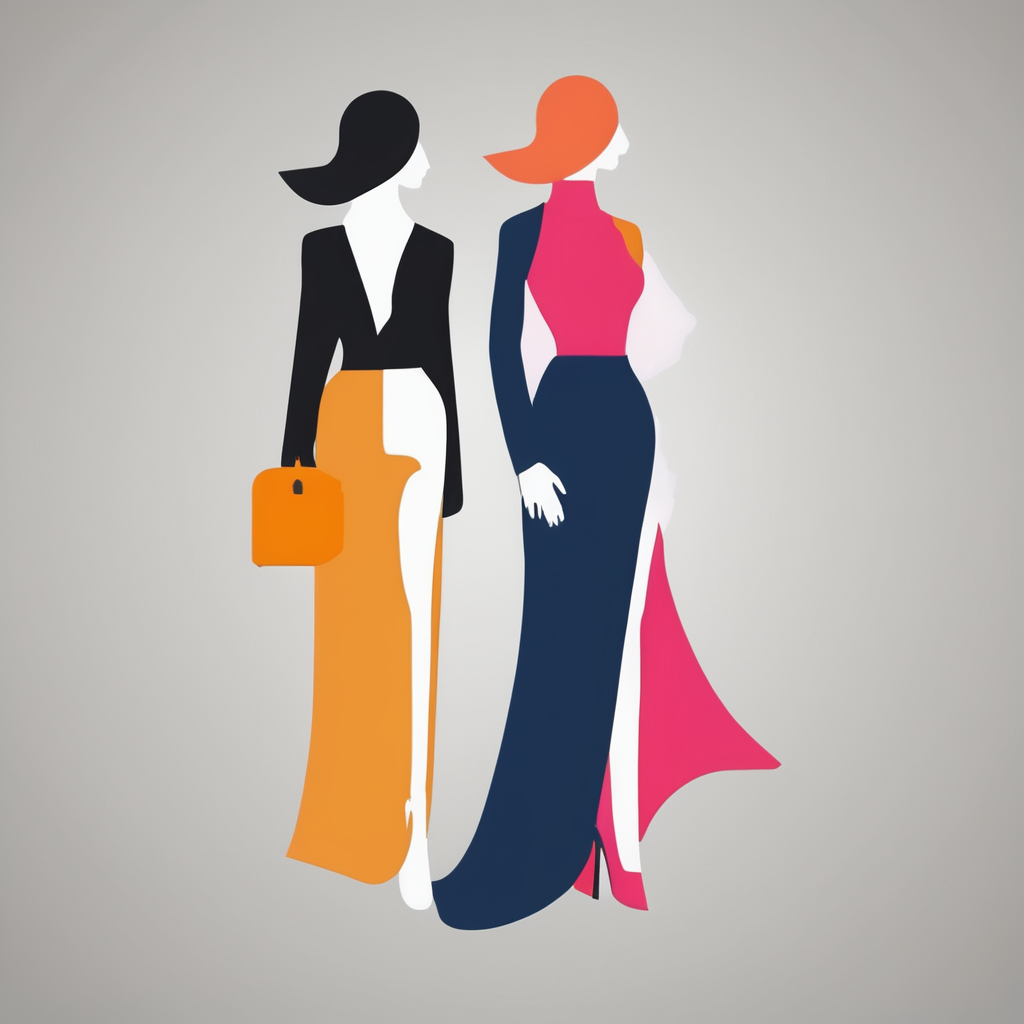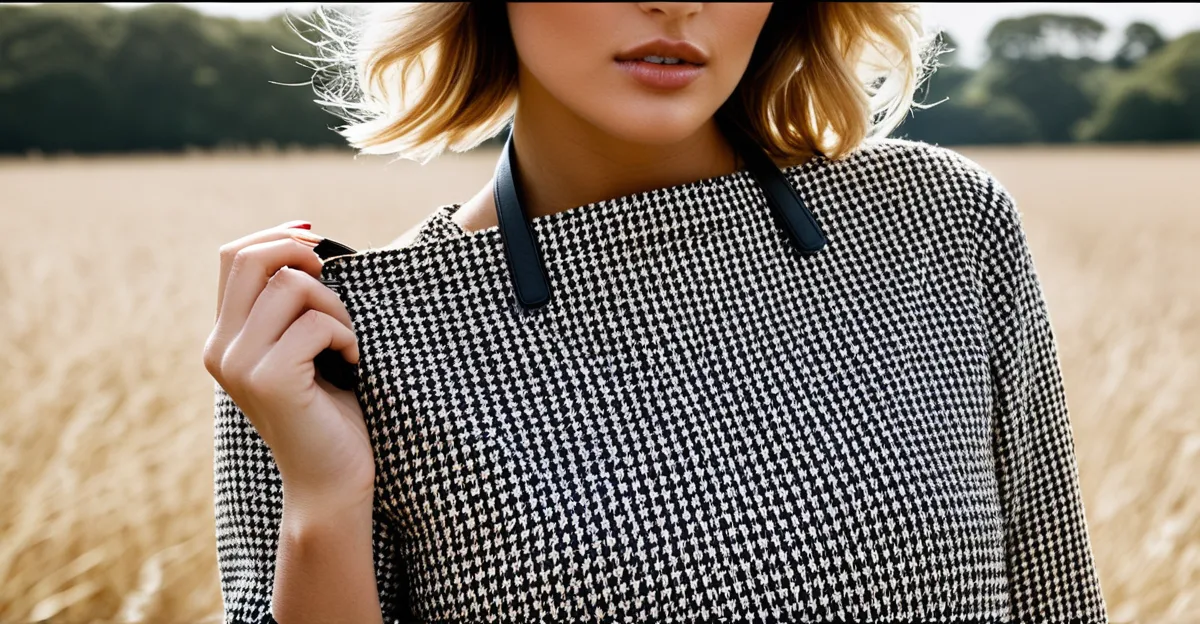The Connection Between UK Women’s Fashion and Lifestyle
Exploring how culture shapes style
In the UK, women’s lifestyle profoundly influences their fashion choices, creating a vivid reflection of daily habits and values. Clothes are not merely coverings; they tell stories about a woman’s routine, social interactions, and priorities. For instance, a professional UK woman’s wardrobe often balances practical, durable pieces with stylish accents — revealing a lifestyle that values both efficiency and self-expression.
In parallel : How Does British Fashion Reflect Women’s Evolving Lifestyles?
Cultural influences in the UK play a crucial role in shaping fashion trends. Regional traditions, urban versus rural living, and multiculturalism all contribute to diverse styles across the country. Demographic factors such as age, occupation, and income further dictate how fashion is used as a tool for identity. Younger women might lean toward bold, trendy pieces that express individuality, while older demographics often prefer classic, timeless garments reflecting stability and heritage.
Self-expression is at the heart of UK fashion. Women use clothing to project their identities, moods, and affiliations, making their wardrobes dynamic and deeply personal. This interaction between lifestyle and fashion highlights how UK women’s attire serves not only functional purposes but also acts as a canvas for cultural dialogue and personal storytelling.
In parallel : How Can British Women Express Their Personality Through Fashion?
Fashion Choices for Different Life Contexts
Understanding how women navigate style in varied settings
Women’s outfits in the UK expertly blend workwear, leisurewear, and event fashion to suit different life contexts. In professional environments, women often choose tailored suits, blouses, and smart trousers that balance formality with comfort. These workwear selections support confident appearances while accommodating office routines. For leisurewear, comfort takes precedence but does not sacrifice style; casual dresses, jeans paired with chic tops, and versatile cardigans enable ease during weekends or social gatherings.
Event fashion calls for elevated choices, often including elegant dresses, sophisticated accessories, and statement shoes. UK women’s fashion demonstrates adaptability by merging current trends with practical needs—such as choosing breathable fabrics for daywear or weather-appropriate layers for unpredictable climates. This functional approach ensures outfits perform well throughout demanding days yet remain stylish.
Achieving a balance between comfort, trendiness, and function is key. Women often select pieces that can transition from morning meetings to evening events with minimal changes. This versatility reflects a thoughtful approach to dressing, showcasing how UK women curate wardrobes that respond precisely to professional demands, casual relaxation, and formal occasions—making their fashion choices both purposeful and expressive.
Impact of Urban and Rural Lifestyles
Urban fashion and rural fashion in the UK reflect the differing priorities shaped by environment and lifestyle differences. City dwellers often prioritize trendy, statement-making outfits suitable for fast-paced life, blending practicality with style. This might mean sleek, comfortable shoes for quick commuting, layered clothing adaptable to changeable weather, and accessories that complement a modern aesthetic.
In contrast, rural fashion tends to focus on durability and comfort. Clothing choices in the countryside often cater to outdoor activities and fluctuating conditions, such as waterproof jackets, sturdy boots, and natural fabrics. The slower pace of life allows for more relaxed, functional attire, which sometimes incorporates traditional elements reflective of local heritage.
Across UK regions, these lifestyle-driven fashion choices highlight regional style variations. For example, urban areas like London emphasize cutting-edge designs and global trends, while rural communities in Scotland or Wales embrace practical garments with historic influences. This dynamic interplay between urban fashion and rural fashion illustrates how lifestyle differences shape clothing selection, meeting distinct needs without sacrificing individual or regional identity. Understanding these contrasts can help consumers and designers alike appreciate the diversity of style across the UK, tailored to urban and rural living.
The Role of Climate and Practical Needs
Understanding the impact of the UK climate on fashion choices is essential. Due to the unpredictable and often damp weather, UK style heavily relies on weather-adapted style that blends practicality with elegance. Layering is not just a trend but a necessity, allowing wearers to adjust easily throughout the day as temperatures shift or unexpected showers occur.
Layering provides versatility, combining different textures and weights to maintain comfort without sacrificing aesthetics. Popular materials include water-resistant fabrics like waxed cotton and technical synthetics, which offer protection from rain while remaining breathable. Accessories such as sturdy umbrellas, waterproof boots, and scarves add both function and flair, making them signature aspects of the UK wardrobe.
Seasonal adaptations also play a significant role. In colder months, women’s wardrobes fill with insulated coats and thermal layers, while spring and autumn favor light jackets paired with versatile knitwear. This practical approach ensures outfits remain weather-appropriate yet stylish, reflecting a balance of practicality and urban sophistication. Such intentional design choices show how fashion in the UK is a direct response to its climatic challenges, embracing both form and function.
Diversity and Inclusivity in Modern UK Fashion
In today’s UK fashion landscape, diversity in fashion plays a pivotal role, reflecting the rich multiculturalism of the population. Women’s clothing choices are increasingly shaped by a blend of cultural influences, encouraging designers to embrace an inclusive style that caters to varied tastes and backgrounds. This trend moves beyond tokenism, promoting genuine representation across sizes, ethnicities, and abilities.
Mainstream brands now integrate diverse models and styles, while niche fashion markets focus explicitly on multiculturalism. This shift ensures that garments resonate with a broader audience and celebrate cultural identity. For example, fusion styles combining traditional fabrics with contemporary cuts are becoming more popular, exemplifying this inclusivity.
Emerging trends inspired by the UK’s diverse population include vibrant prints from African and South Asian heritage, adaptive clothing for different body types, and gender-fluid collections. These trends highlight how inclusive style is not just a trend but a growing standard, enabling women from all backgrounds to express their individuality confidently through fashion. This evolution underscores the importance of embracing cultural narratives within women’s clothing choices to foster a more equitable and appealing fashion industry.
Evolution of UK Women’s Fashion: Historical Context and Iconic Influences
British fashion history is a rich tapestry reflecting the social and cultural shifts over centuries. From the Victorian era’s structured silhouettes symbolising propriety, to the rebellious spirit of the 1960s mod movement, each fashion movement reveals how women’s style has both responded to and challenged societal norms.
Iconic British designers like Alexander McQueen and Vivienne Westwood have played pivotal roles in shaping fashion narratives. Westwood’s punk-inspired creations not only revolutionised aesthetics but also voiced political dissent, while McQueen’s theatrical runway shows elevated fashion to an art form, blending tradition with innovation. These designers, along with influential public figures such as Princess Diana, have left an indelible mark on women’s fashion, inspiring generations.
Enduring trends like the trench coat and tailored suits have been continually reinterpreted by modern designers, demonstrating British fashion’s ability to fuse heritage with contemporary relevance. This evolving dialogue between past and present highlights the ongoing impact of British fashion history in defining women’s style today, making it a fertile ground for both study and creative expression.

